2025 Guide: Top Crypto Exchanges with the Lowest Fees
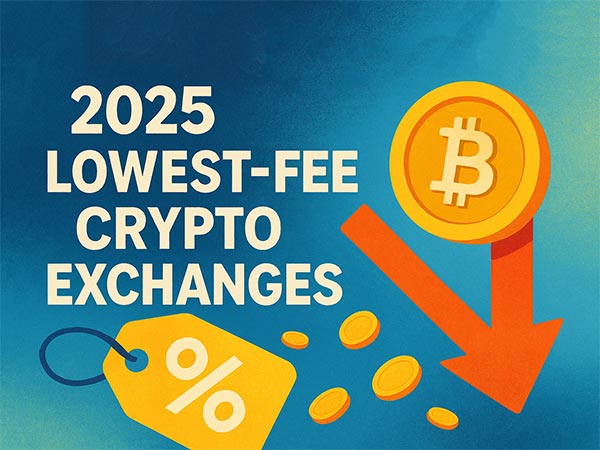
In 2025, the global crypto market has shown remarkable resilience amid volatility. Bitcoin’s price remains in the $100,000–$120,000 range, while Ethereum has broken above the $2,600 mark. Institutional investors continue to increase their exposure through channels such as ETFs. Regulatory frameworks are becoming clearer — the United States has passed its first federal stablecoin regulation, Hong Kong has established a stablecoin licensing regime, and the compliance process is accelerating the entry of traditional capital. Meanwhile, the global crypto ETF market has surpassed $1.1 trillion, and major investment banks are beginning to offer Bitcoin-backed loan services, signaling a new stage of integration between crypto assets and traditional finance.
In this increasingly mature market, trading costs have become a key variable in determining returns. For high-frequency or large-volume traders, even small fee differences can accumulate over time into tens or even hundreds of thousands of dollars in cost disparities.
Why Use a Cryptocurrency Exchange?
Cryptocurrency exchanges act as the “financial hubs” of the digital asset world, with their core value lying in providing liquidity and price discovery. When you want to convert Bitcoin into U.S. dollars or purchase an emerging token like the Layer 2 project SOPH, an exchange can instantly match global buy and sell orders — avoiding the price opacity and fraud risks of over-the-counter (OTC) trading.
Modern exchanges now offer much more than simple buying and selling:
-
Binance offers over 600 cryptocurrencies for spot, futures, and lending services.
-
Kraken supports cross-market trading across 11,000+ stocks and cryptocurrencies.
-
Bitget’s copy trading system allows beginners to automatically follow professional traders’ strategies.
Just as importantly, compliant exchanges use cold storage (offline wallets), fund insurance, and two-factor authentication (2FA) to significantly reduce the risks of hacks or operational errors that could occur when users self-custody private keys. Without such infrastructure, ordinary investors would find it nearly impossible to participate in the crypto ecosystem safely and efficiently.
Understanding Cryptocurrency Trading Fees
Trading fees are essentially the service charges an exchange collects for each transaction, typically structured into three categories:
-
Spot trading fees – Charged for buying/selling the actual cryptocurrency, usually calculated as a percentage of the trade value.
-
Derivatives trading fees – Applied to futures, perpetual contracts, and other derivatives, typically differentiated between maker (limit order) and taker (market order) rates.
-
Withdrawal fees – Blockchain miner fees paid when transferring assets out of the exchange.
The maker-taker model is the most common:
-
Placing a limit order (e.g., setting a buy order for Bitcoin at $109,000) adds liquidity to the market, making you a maker, and qualifying you for lower fees (0.01%–0.02%).
-
Executing against an existing order makes you a taker, paying higher fees (0.03%–0.06%).
Exchanges also use tiered discount structures to incentivize large trading volumes: OKX VIP users can get spot fees as low as 0.02%, while Binance offers a 25% discount for users paying fees in BNB.
2025 Low-Fee Exchange Landscape
A cross-comparison of spot, derivatives, and promotional policies reveals four exchanges that stand out in cost optimization:
| Exchange | Base Spot Fee | Lowest Spot Fee | Derivatives Fee | Main Discount Mechanism |
|---|---|---|---|---|
| Binance | 0.10% | 0.075% | 0.02% (M) / 0.05% (T) | 25% off with BNB payments |
| Bitget | 0.10% | 0.10% | 0.01%–0.03% | 50% off for grid trading |
| OKX | 0.08%–0.15% | 0.02% | 0.02% (M) / 0.05% (T) | VIP-exclusive low fees |
| Gate.io | 0.20% | 0.10% | 0.02% (M) / 0.03% (T) | 50% off with GT token |
Binance – The Cost Leader in Spot Trading
With its massive user base and scale effect, Binance’s spot fees are among the most competitive in the industry. The base rate of 0.1% is already below the market average, and paying with BNB further reduces it to 0.075%. In 2025, Binance rolled out seasonal promotions — such as its March-to-September “Binance Earn” campaign, offering zero-fee trading for select pairs like ADA/USDC and XRP/USDC for VIP 2–9 users. However, its derivatives fees (maker 0.02% / taker 0.05%) are not the lowest in the market.
Bitget – The Derivatives Price Disruptor
Specializing in derivatives, Bitget offers contract trading fees of just 0.01%–0.03%, far lower than Binance and OKX. Its innovation lies in a zero-fee copy trading model, where the platform only takes 5%–10% from copy trading profits. In 2025, its grid trading fees were halved, lowering automated strategy costs by about 40%. However, its 0.1% spot fee without discount options is less competitive.
OKX – Tailored Solutions for High-Net-Worth Users
OKX uses a tiered fee structure: ordinary users pay 0.08%–0.15% for spot trades, but VIPs with monthly volumes above $10 million can enjoy rates as low as 0.02%. Its strength lies in deep liquidity for large orders, minimizing slippage-related hidden costs. That said, the VIP threshold is high, and its derivatives fees (0.02% / 0.05%) still trail Bitget.
Gate.io – Low-Cost Access for Altcoin Enthusiasts
Despite a high base spot fee of 0.2%, paying with the platform’s GT token cuts it in half to 0.1%. The platform’s main advantage is its support for over 3,500 cryptocurrencies, including many emerging altcoins, giving early-stage investors broader access. However, it has a history of security vulnerabilities and is inaccessible to U.S. users.
Choosing an Exchange: Fees Aren’t Everything
Security must come before fee considerations. In May 2025, during an 8% single-day Bitcoin drop, one platform’s system overload prevented users from closing positions, leading to forced liquidation losses. Safer choices are exchanges that keep more than 95% of assets in cold storage, enforce 2FA, and regularly publish proof-of-reserves — such as Binance and Coinbase.
Liquidity directly affects execution quality. For large trades worth over 1 BTC, Binance or OKX’s deep order books can keep slippage under 0.1%, while second-tier exchanges may see over 1% slippage. You can assess liquidity by checking the order book depth or the 24-hour trading volume.
Regulatory compliance is increasingly important. The U.S. GENIUS Act mandates reserve audits for stablecoin issuers, while licensed exchanges in Hong Kong must segregate client funds. Choosing exchanges registered with FinCEN in the U.S. or holding an EU MiCA license (e.g., Kraken, Gemini) can mitigate policy change risks.
Key Takeaways for Informed Decision-Making
The fee structures of cryptocurrency exchanges in 2025 show a clear specialization trend:
-
Frequent spot traders should consider Binance to leverage BNB discounts and limited-time zero-fee campaigns.
-
Professional derivatives traders may prefer Bitget’s industry-low 0.01%–0.03% contract fees.
-
Institutional and high-net-worth clients can benefit from OKX’s VIP program for significant cost savings at scale.
-
Altcoin traders can use Gate.io’s 0.1% effective fee to access a wider range of assets.
However, fees should never be viewed in isolation. A comprehensive evaluation must include security history (past hacks), liquidity depth (slippage rates), and regulatory status (license coverage). In a market shaped by institutionalization and compliance, cost advantages will increasingly concentrate among top-tier platforms. Mastering the balance between fee efficiency and risk management is essential for sustaining returns in crypto investing.
-
Sign Up
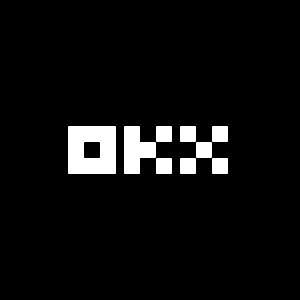
OKX
OKX is a leading global digital asset trading platform offering spot and derivatives services for cryptocurrencies.
-
Sign Up
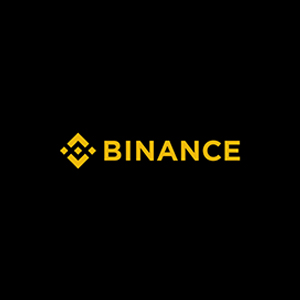
Binance
Binance is one of the world's largest cryptocurrency exchanges, offering spot, futures, staking, and a wide range of digital asset services.
-
Sign Up
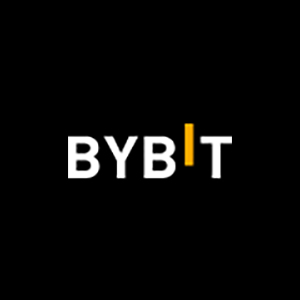
Bybit
Bybit is a global cryptocurrency exchange specializing in derivatives, spot trading, and crypto-financial products.
-
Sign Up
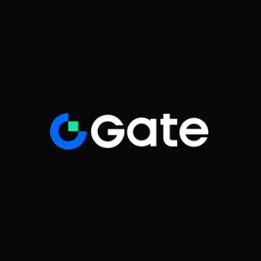
Gate.io
Gate.io is a leading crypto exchange offering diverse trading options, low fees, and strong security since 2013.
